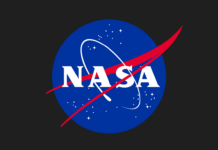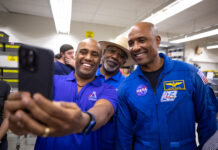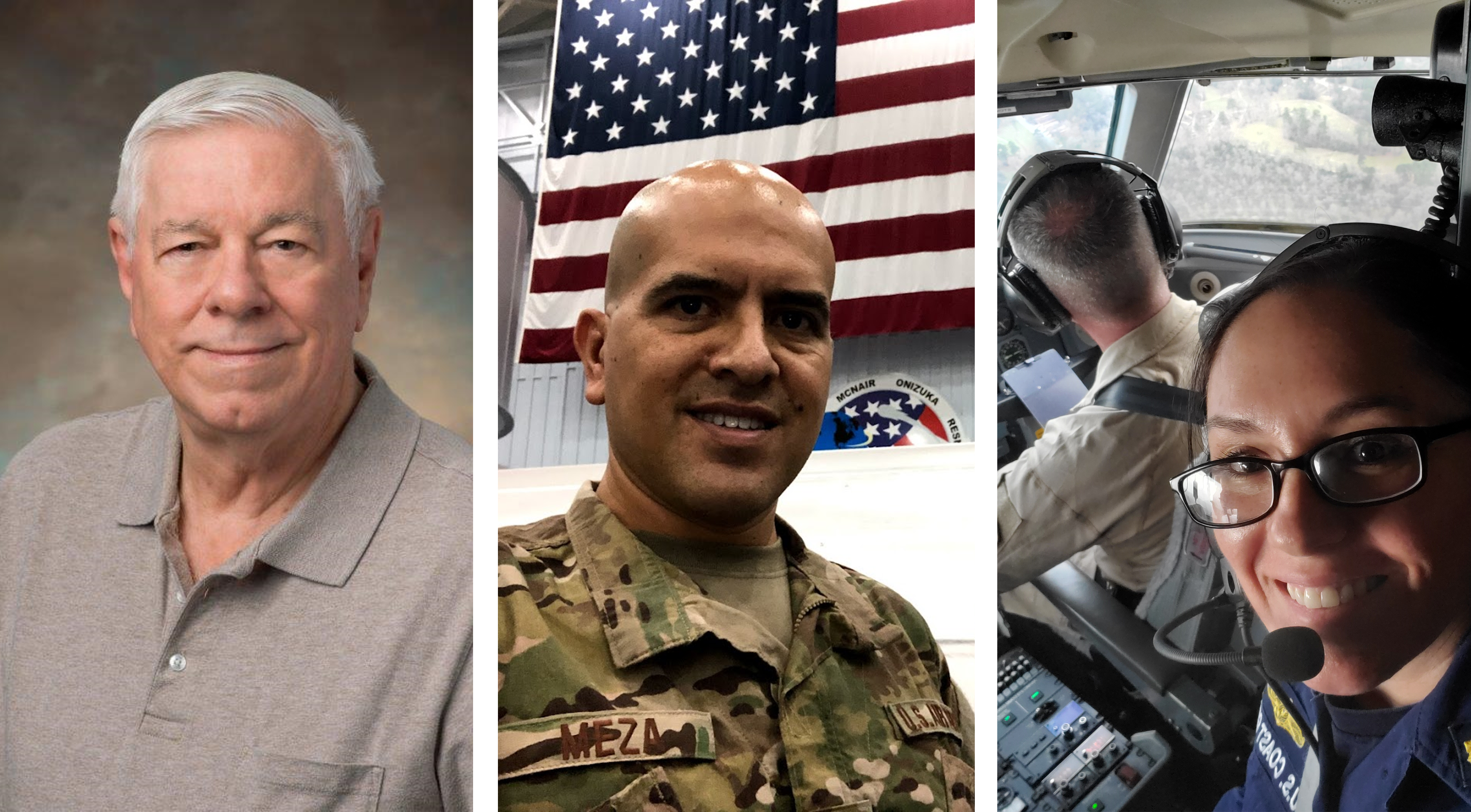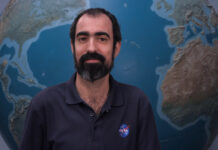NASA’s Historic Collaboration with the Military: A Pathway for Veterans
NASA and the U.S. military have maintained a robust partnership since the early days of the space agency. This collaboration has been pivotal in aeronautical research, recruiting test pilots for astronaut roles, advancing technology, managing satellites, and even defending our planet. The relationship between these two institutions has naturally opened doors for former service members to transition into roles at NASA once their military careers conclude.
A Veteran’s Journey: Lewis Swain
One such veteran is Lewis Swain, who is currently working at the Johnson Space Center in Houston. Swain’s journey with NASA began in 1980 when he was recruited by NASA contractor McDonnell Douglas after his military service. As a second lieutenant in the Air Force, Swain flew almost 200 combat missions during two tours in Vietnam.
Reflecting on his transition, Swain remarked that the shuttle program was just starting, and there was a need for experienced military pilots to serve as simulation instructors. Swain initially focused on teaching control and propulsion systems and eventually became the lead trainer for shuttle missions. After the Challenger disaster in 1986, he shifted his focus to supporting the International Space Station Program and Return to Flight evaluations. Since 1989, Swain has been a dedicated civil servant and has managed training facilities since 2006.
Pathways Internship Program: An Entry Point
NASA’s Pathways Internship Program serves as a significant entry point for veterans. John Smith, a mechanical engineering student at the University of Texas at El Paso, made a meaningful connection at a university career fair. He met a former flight director, Ms. Ginger Kerrick, who encouraged him to apply for the Pathways program, which was accepting applications at the time. Smith was surprised and excited to receive a job offer, which he accepted without hesitation.
The SkillBridge Program: Transitioning from Military to Civilian Careers
Another crucial initiative for veterans is the NASA SkillBridge Program. This program is designed for service members nearing the end of their military service. It provides them with an opportunity to work with a NASA office or organization for 90 to 180 days, allowing them to apply their skills while expanding their networks and knowledge. An advantage of the program is that the military continues to pay their salary and benefits, meaning there is no additional cost to NASA.
In the spring of 2019, Johnson Space Center hosted NASA’s first SkillBridge fellow. Albert Meza, an Air Force space professional, was part of this inaugural group. Planning to retire in November 2019, Meza intended to move his family to Houston that summer. A colleague suggested the SkillBridge program, enabling Meza to relocate with his family. Initially skeptical due to the military’s strict moving policies, Meza was pleasantly surprised by the program’s flexibility. After a brief meeting with his commanding officer and securing a team at Johnson Space Center, he was on his way to Houston.
A New Role and Advocacy for SkillBridge
Today, Meza serves as a payload integration manager for NASA’s Commercial Lunar Payload Services (CLPS) program within the Exploration Architecture, Integration, and Science Directorate at Johnson. In this role, he acts as a bridge between payload teams and vendors developing landers to ensure flight requirements are understood and met.
Meza is also an on-site coordinator for SkillBridge, advocating for the program’s benefits. He realized during his early days at Johnson that the program was relatively unknown and took it upon himself to promote it. Meza emphasizes the advantages for NASA supervisors, who can host a fellow for six months. These fellows bring discipline, loyalty, and highly trained skills to their roles. The only requirement is that the supervisor must provide IT resources and a workspace.
Since the program’s start, Johnson has hosted over 25 SkillBridge fellows. Many fellows have transitioned to full-time roles at NASA, including Patricia "Trish" Elliston. Meza helped her secure a SkillBridge position with the center’s Protective Services Division in spring 2023. Elliston had moved to Houston in 2020, anticipating her retirement from the U.S. Coast Guard. Her experience with NASA employees and previous work in maritime safety convinced her that Johnson was the right place for her.
From Fellowship to Full-time Role: Trish Elliston’s Experience
During her internship, Elliston actively networked and absorbed as much knowledge as possible to prepare for her civilian career. Her hard work paid off when a job opportunity arose, and she applied. Now, she works as a cyber intelligence analyst within the Flight Operations Directorate.
Meza notes that while SkillBridge is a transition program rather than a hiring program, it provides invaluable experience. Some fellows may not receive job offers or might choose to pursue different paths. The outcome of a SkillBridge fellowship depends on the individual’s performance and relationship-building, which can transform this initial experience into a full-time position.
For anyone interested in becoming a SkillBridge fellow at NASA, more information is available on their SkillBridge Program page.
Conclusion
NASA’s collaboration with the military has opened up numerous opportunities for veterans to transition into meaningful careers within the agency. Through programs like Pathways and SkillBridge, veterans can bring their unique skills to NASA, contributing to groundbreaking projects while building their post-military careers. For those interested in making this transition, NASA provides a supportive environment where veterans can continue to serve the nation in a new and exciting way.
For more Information, Refer to this article.

































